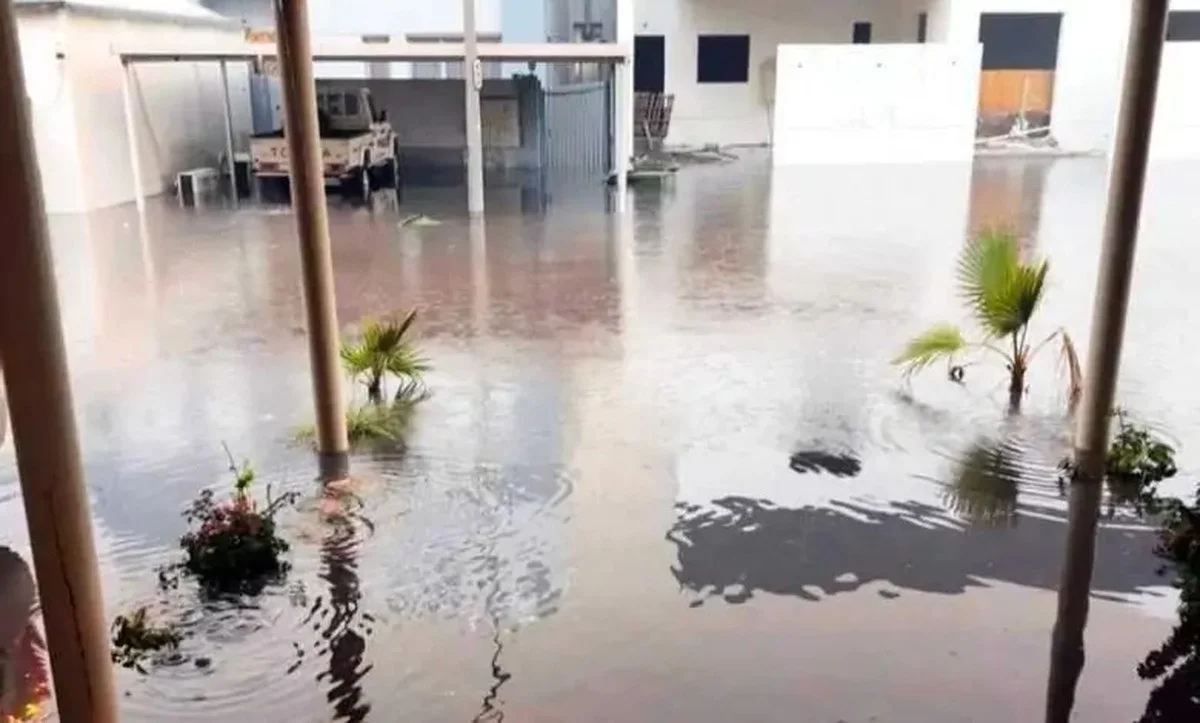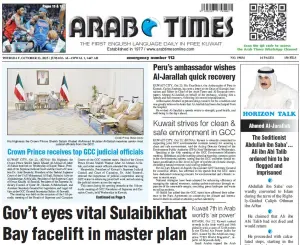29/07/2025
29/07/2025

KUWAIT CITY, July 29: The Public Authority for Roads and Transportation (PART) is pressing ahead with one of its key infrastructure undertakings: the construction, completion, and maintenance of a main sewer and reservoir system to drain rainwater in the South Abdullah Al-Mubarak area.
The project falls under the Ministry of Public Works’ broader initiative to upgrade the national rainwater drainage system and strengthen water network capacity in response to expanding residential zones and the growing impacts of climate change.
According to informed sources, the project had reached an actual completion rate of 65% by the end of June. The project commenced on January 5, 2025, with a contractual duration of 365 days. Completion remains on schedule, with final delivery anticipated by January 4, 2026 — approximately 160 days from now.
Implemented under Contract No. (H T/291), the project marks a significant advancement in rainwater infrastructure development. It includes the construction of a major reservoir capable of holding around 53,000 cubic meters of water, a 92-meter-long sewer, and deep micro-tunneling works stretching 102 meters to avoid intersecting nearby oil pipelines.
Additional components include the construction of a 1,230-meter-long reservoir, to be executed in six phases with section lengths ranging from 92 meters to 500 meters in the initial phase. A culvert with a capacity of 1,500 cubic meters will also be constructed, along with connections to two existing reservoirs to enhance overall drainage flow.
Sources emphasized the project's vital role in supporting the state’s strategy to mitigate flooding during seasonal rains and prevent water accumulation. Moreover, the development is expected to significantly enhance infrastructure efficiency and improve service quality and living standards in new residential districts.


